So, you want to kickstart your rankings?
Well, it’s hard to blame you. Few things in the marketing world are as enticing as the prospect of generating traffic, leads, and sales passively.
Who doesn’t want to sit back, do nothing, and make money?
That’s right: no one.
And the lucrativeness that SEO promises is no secret.
93% of all online experiences start with a search engine, 75% of users never scroll to the second page of results, and 70% to 80% of users completely ignore paid search advertisements.
This means that if you get your website ranking organically on search engines, you’ll leverage all of that percentage potential.
Unfortunately, you’re not the only one trying to do it. Since SEO offers so much promise, everyone with a website is trying to get their cut of SERP potential.
That means that you’re going to have to compete with a lot of other websites to get to the top.
In fact, 27.88% of marketing dollars go toward SEO. That’s a higher percentage than social media, PPC, and link building combined.
But don’t get discouraged.
Even though everyone is trying to climb to the top of the rankings, it doesn’t mean that you should give up.
It just means you should spend more time, money, and energy than everyone else.
Then, you’ll win.
To do so, you need to know the SEO formulas that will rocket your website to the top of the search results.
Here are five formulas that will do the trick.
Formula #1: Use competitive analysis
One great way to optimize your SEO efforts is to analyze the successful competition.
What are they doing? How are they doing it?
How much are they spending?
And how can you mimic their efforts?
These are all valid questions to ask when trying to determine what your competitors are doing right, what they’re doing wrong, and how you can copy their successful tactics.
As with most marketing practices, it’s best to have an understanding of what other people are doing to win rather than trying to build a strategy from scratch.
After all, why use a strategy that you’re not sure works when you could use one that is tried and tested by a competitor?
But how do you go about analyzing the competition?
Well, you’re going to need a few tools. The first one is BuzzSumo.
BuzzSumo has a free trial you can use every day if you like. It won’t give you as many results as the paid version, but it’s still worth your time.
If you type a competitor’s URL into the domain text box, BuzzSumo will show you which pieces of content on their website are getting shared the most.
And shares are good for SEO since it increases your social signals for that page.
You can then click on the content and read through it to get an understanding of how they generated all of those shares.
Here’s what that process might look like.
Enter the URL. I’m going to use Quick Sprout as an example.
Then, click “Go.”
Now, you’ll see all of the results from most-shared content at the top to least-shared content at the bottom.
If you have the paid version, you will see more results, and you can view the backlinks leading to each piece of content and the specific shares as well.
Either way, this information is extremely valuable.
Click through a few of their blog posts, read them, and try to get an understanding of what they’re doing right.
Consider the following:
- Keyword placement
- Length
- Number of images
That will help you get an idea of how they’re driving SEO traffic to the post and generating social media shares.
You can also use Moz’s Open Site Explorer to do something similar.
Type in the URL of the competitor that you want to analyze.
Click “Search.”
Then, you’ll receive a massive amount of free information.
On the dashboard, you can see everything from domain authority and page authority to inbound links and root domains.
On the left side, you can navigate through different menu options to explore the website’s top pages, anchor text, and the specific linking domains.
This is a great tool for analyzing your competition and getting an idea about why certain pages are ranking well and why others aren’t.
By simply looking at your successful competition, you’ll be better prepared to rank your own website.
Don’t neglect the power of copying other successful strategies.
Formula #2: Get active on social media
What does social media have to do with SEO?
That’s a great question.
After all, SEO happens on the entirety of the web, whereas social media is on a single platform.
But claiming that social media doesn’t influence SEO represents a fundamental misunderstanding of how search engines determine who to rank high and who to rank low.
Think about it this way.
Search engines try to take into account as much information as possible about your website.
They use it to determine the quality of your website and thus where they should place you when someone searches regarding a topic within your niche.
One of the factors that search engines consider is social media. In particular, they consider the following questions:
- How active are your social media accounts?
- How up-to-date are your social media accounts?
- How many shares does your website content get on social media?
On top of all that SEO attention, keep in mind that social media also offers 2.7 billion social media users. That’s a lot of selling potential.
In other words, social media sharing and marketing are well worth your time.
It’s not just worth it for the sake of reaching a larger audience on the social media platform itself, but also because all that attention will benefit your SEO strategy.
When it comes to which social media platforms to focus your efforts on, it’s ultimately up to you.
But here is the usership on each platform.
In particular, keep these tips in mind.
- If you sell a highly visual product, Instagram is a great place to focus your energy.
- If you want to connect with your audience on a deeper level, then YouTube is perfect.
- If you want to share your website’s content and get it shared, Facebook is the winner.
In the end, the social media platform you choose will depend on exactly what you want to do. Beyond increasing your SEO.
Simply being active on social media will help accomplish that.
To prove it, here are six different companies that saw a major benefit to their SEO from social shares of their content.
To help you choose a platform, consider these differences.
But how do you share content on social media that users are likely to share again and again and again?
Well, here’s one great tactic.
It revolves around tagging other people.
When you share stuff on social media, you want to increase your audience size and encourage people to engage with your content.
To do that, you can tag some of your friends who you think might be interested in the content.
Aaron Orendorff does this regularly on Facebook.
This doesn’t just show the post to people you tagged. It also ensures that Facebook will show your post to all of the friends of those you’ve tagged.
You can easily increase your audience size by several thousand with a few relevant tags.
However you do it, use social media to build your SEO. The search engines are watching. Start performing.
Formula #3: Optimize on-page elements
One of the best ways to kickstart your website’s SEO is by optimizing the on-page elements.
In fact, if you don’t make sure that you have optimized all of the on-page elements, it’s going to be difficult to get very far with all of your other efforts.
For that reason, this should be one of your top priorities.
But what on-page elements matter most, and how can you optimize them?
Well, the lowest-hanging fruit is correct keyword placement.
To research the keywords that you should target with each page on your website, go to Keyword Tool.
Then, at the top of the tool, you can choose the search engine you want to focus on. Most of you will probably want to look at Google, but not necessarily.
Next, type in your niche product or industry that gives a basic idea of the keywords you want to target. Try “content marketing,” for instance.
Click the red search icon on the right.
What you’re going to see on the next page is awesome. Keyword Tool will show you a list of the keywords that people have searched for the most that include the words you typed in.
If you purchase the paid version, you’ll even be able to see the exact amount of searches for each keyword and the competition for each.
But how do you use this list of valuable information?
Simply choose a few of the keywords that you think you could create a blog post from.
In the example above, you might choose “content marketing strategy,” or “content marketing definition.”
Once you choose a topic, write a blog post with those keywords in the title and within the content itself.
You can also include LSI keywords. To find these, simply type the keyword you’re targeting into Google.
Scroll to the bottom of the page and you’ll see the related searches.
If you sprinkle these related keywords — also known as LSI keywords — throughout your content as well, it will give your page a better chance of ranking for the right topic.
You’ll also need to make sure that you include your primary keywords in the title tag of your page.
You’ll want to add a meta description as well.
That will help Google quickly and easily recognize what your page is about and place it in the right category.
Another way to quickly optimize your on-page SEO is to increase the word count of your blog posts.
Generally, longer posts perform better.
Sometimes, writing long content can feel like a drag. But it doesn’t have to be.
Just do plenty of research and put together a thorough outline before you start writing. Then it won’t be difficult to know what you’re going to discuss in the upcoming paragraphs.
Finally, to optimize your on-page SEO, you’ll want to include some internal links in each blog post.
Two or three links on each post that lead to other pages of your website should suffice. Just make sure that they’re in-text citations (rather than image attributions) since those count for more on Google.
All of those elements, from keyword optimization to word count, will prep your site for ranking like you want it to.
Formula #4: Generate backlinks
Backlinks are a great way to generate traffic to your website and increase your rankings at the same time.
Backlinks are simply links that point from someone else’s website to your website.
And they basically tell Google that the referring website trusts you, which, if that website has a high domain authority, is good for your rankings.
But how can you generate these valuable nuggets?
One tactic is to create an infographic and ask other blogs to share that infographic.
Choose a topic within your niche that you think will interest your audience. Ideally, choose something that is either driven by data or best practices.
Then, create your infographic for that piece of content. You can do it on your own by using the free infographic maker, Venngage.
Once you have a good-looking infographic, send an email to similar blogs that you think might be willing to share it with their audience.
You can use the email below as your template.
Hey, [name]!
My name is [name], and I’m the content marketer over at [website]. I’m a big fan of the content you put out, and I wanted to run something by you.
I just created an infographic for my own blog about [topic], and I thought it might also be relevant to your audience. I’ve attached the infographic for you to check out.
If you like it, I’d love for you to share it with your audience.
Otherwise, no worries 🙂
Let me know what you think of it!
[name]
The people who agree to share it will publish it on their blog and give you a free backlink. Voilá!
Another way that you can quickly and easily generate backlinks is by writing testimonials for other websites. When you do, just be sure to include a nice link back to your website.
Finally, you can repost your content on Medium and LinkedIn with a link to your website.
Be sure to monitor mentions of your brand with Ahrefs and ask for unlinked mentions to add a link to your site.
You can use this strategy as you guest blog for other websites, too.
All of these strategies are effective in their own right. You just need to decide which ones you have time for and which ones you don’t.
Formula #5: Target Google snippets
Have you ever typed a question into Google and received a result that looks something like this?
Well, as it turns out, these are called snippets, and there’s a science behind getting them.
The best part about them is that they push you to the number one result (also known as the coveted “position zero”) even if you’re not winning in the rankings otherwise.
It’s an easy way to push your result to the top of the page.
Here’s the best way to target them.
Think of a question in your industry that people are regularly typing into Google. Try something basic like, “What is digital marketing?” or “How to rank on Google?”
Then, in your content, have that exact phrase as a subtitle and answer the question as obviously as you can in the paragraphs directly after.
You’re trying to make it easy for Google to read your content robotically. That means that you need to organize it logically.
The other thing you can do is create checklist-type content like you see in the image above.
Numbered lists are notoriously good at snagging Google snippets because they are easy for the robots to read and understand.
The more that search engines can understand your content, the better chance that you’ll rank when people search, and the better chance that you’ll get your very own snippet.
Conclusion
You came here because you want to kickstart your rankings.
You’re either sick of having a website that never shows up on Google, or you’re wondering what it would take to start generating passive traffic.
After all, that’s what all website owners want, right?
They want to generate passive traffic to their website with very little effort.
Well, I can’t promise it will be easy, but I do promise you can do it if you put your mind to it.
And the way to do it is with these five formulas: use competitive analysis, get active on social media, leverage on-page elements, generate backlinks, and target Google snippets.
SEO is simply a matter of knowing the right strategies, putting in the work, and being patient.
If you do those things, you’ll climb to the top faster than most other websites.
What formula do you use to optimize your website for search engines?

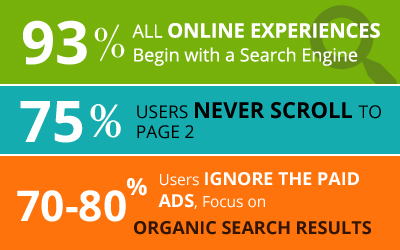
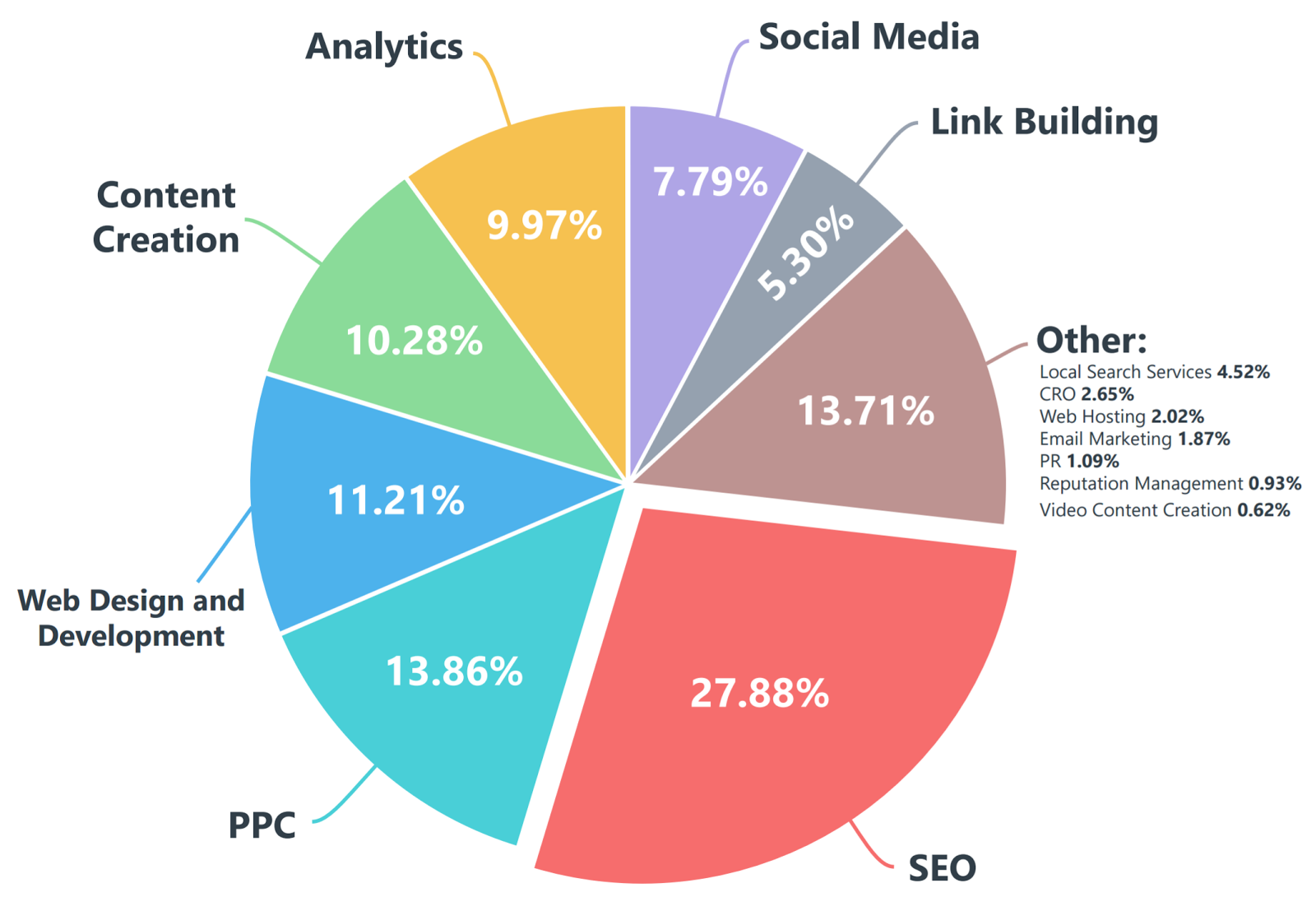
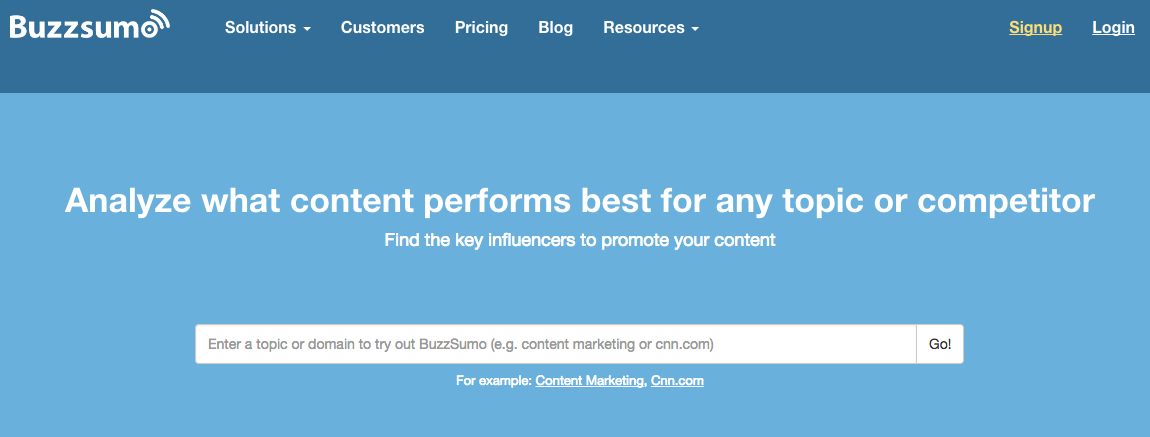



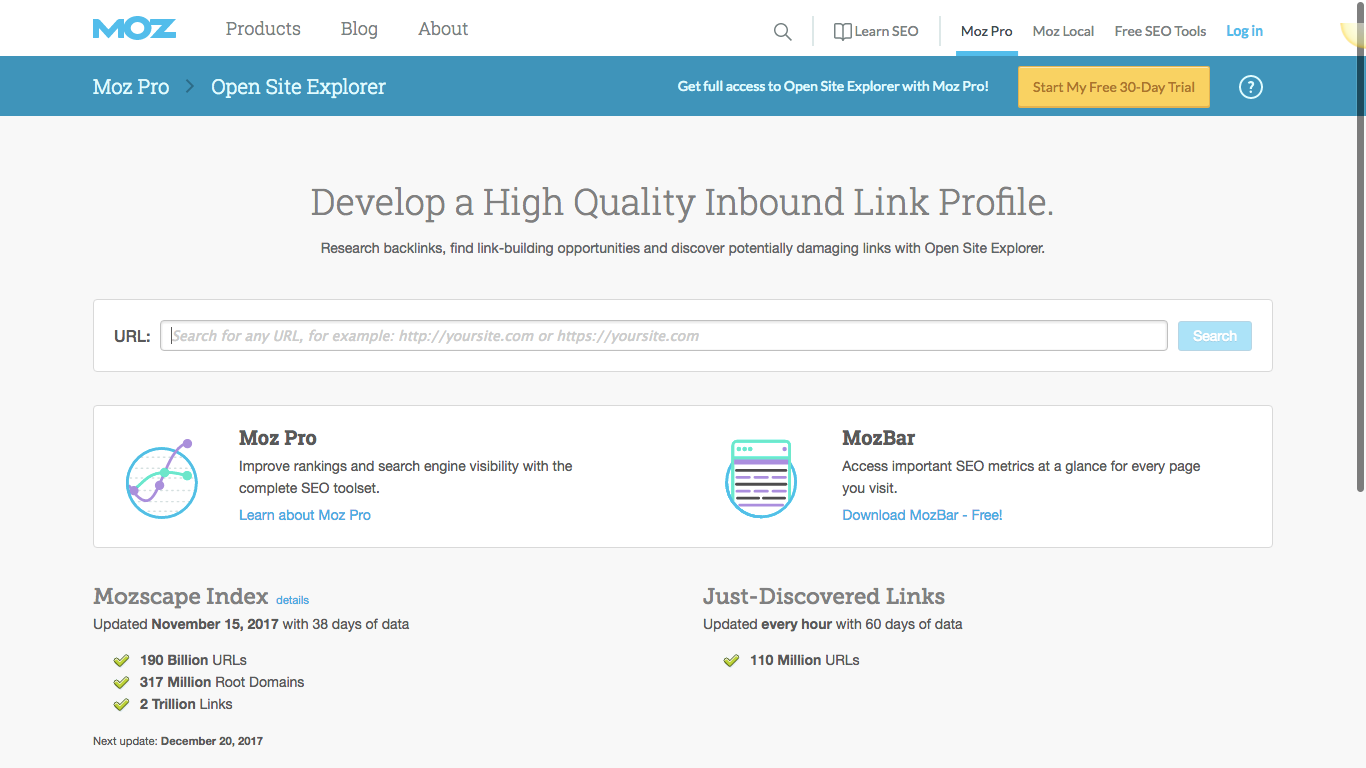



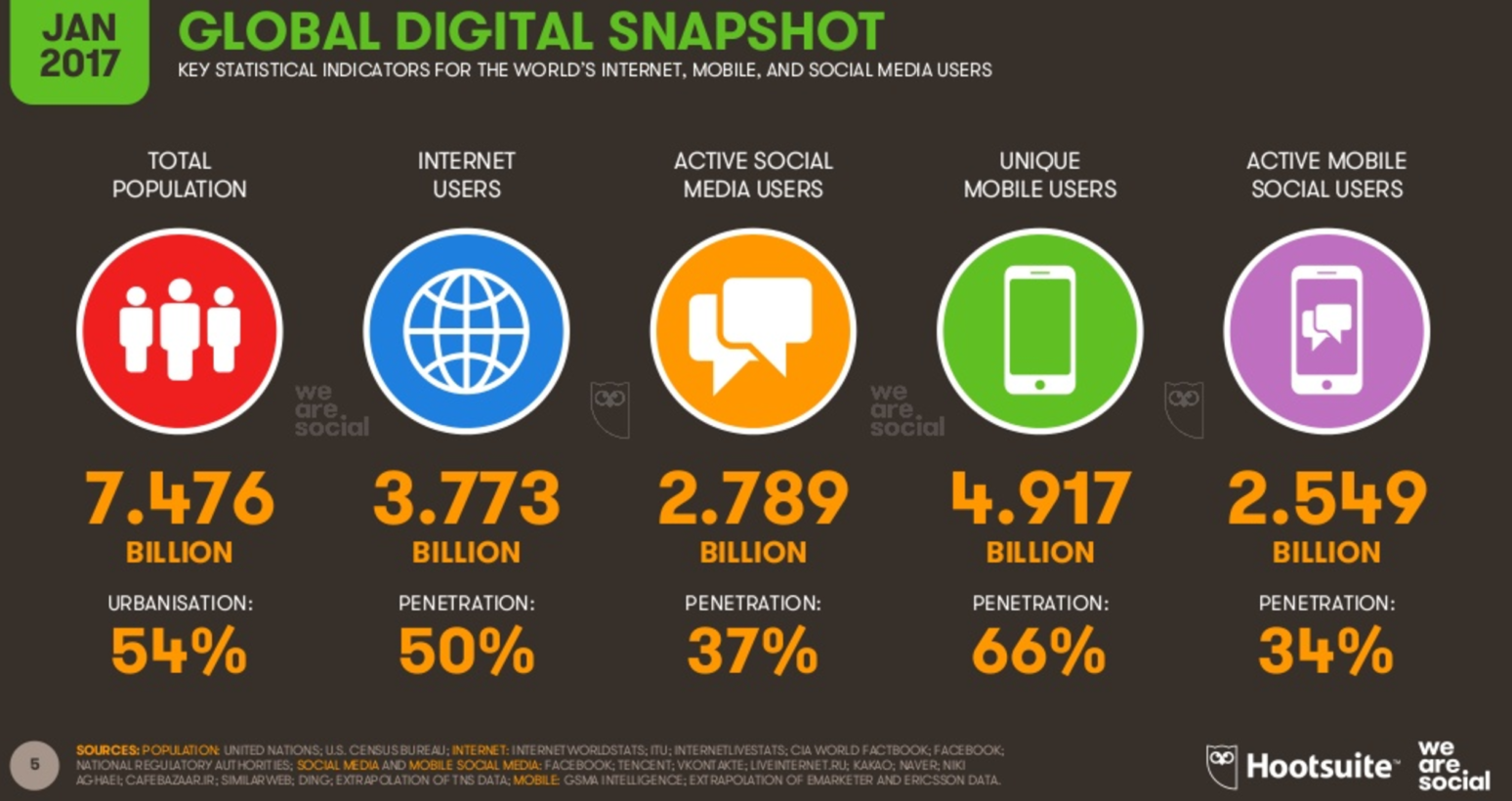
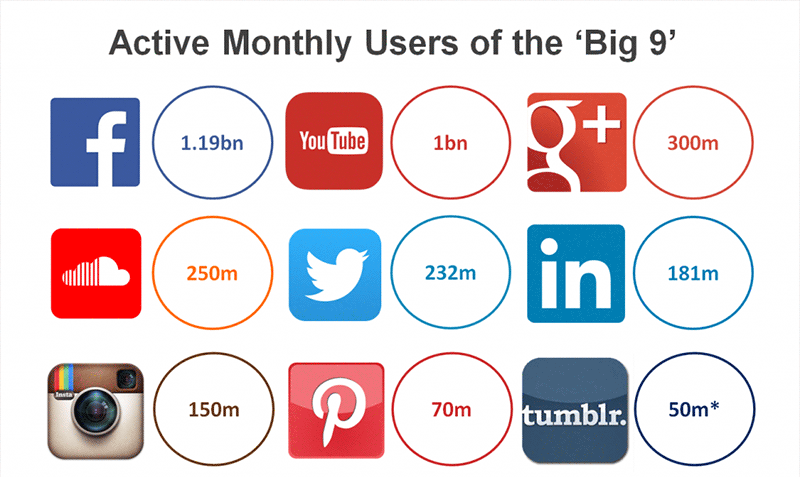
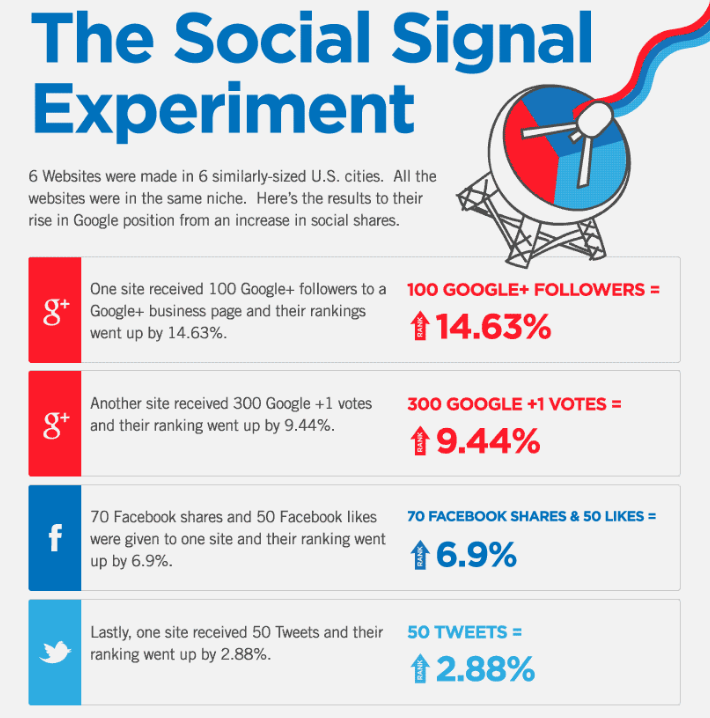





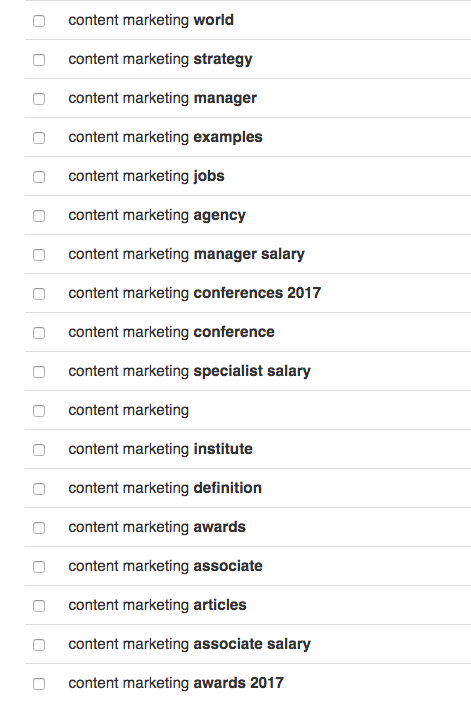
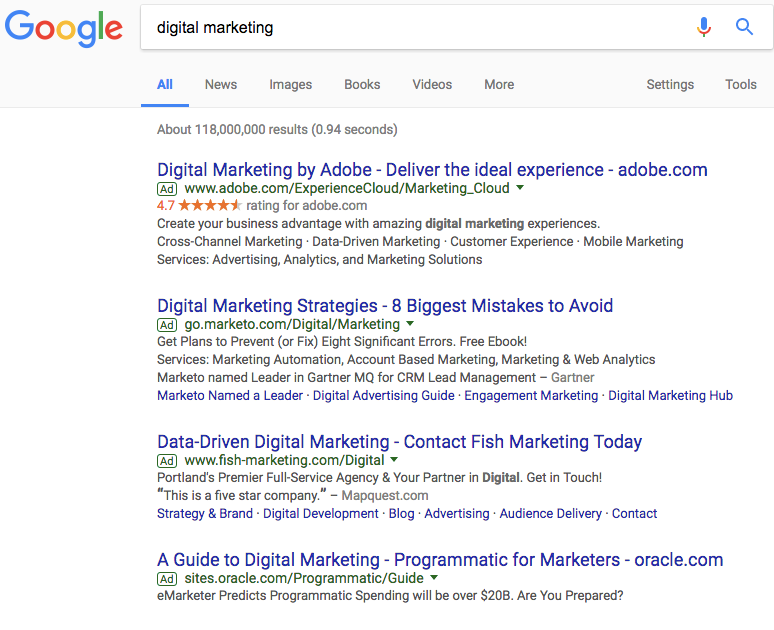
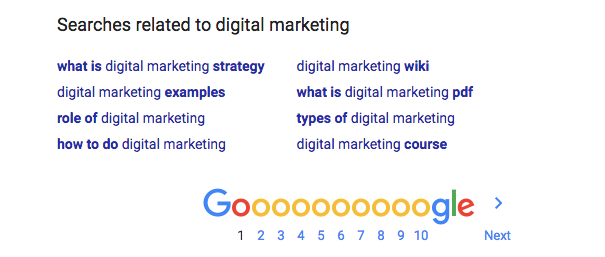



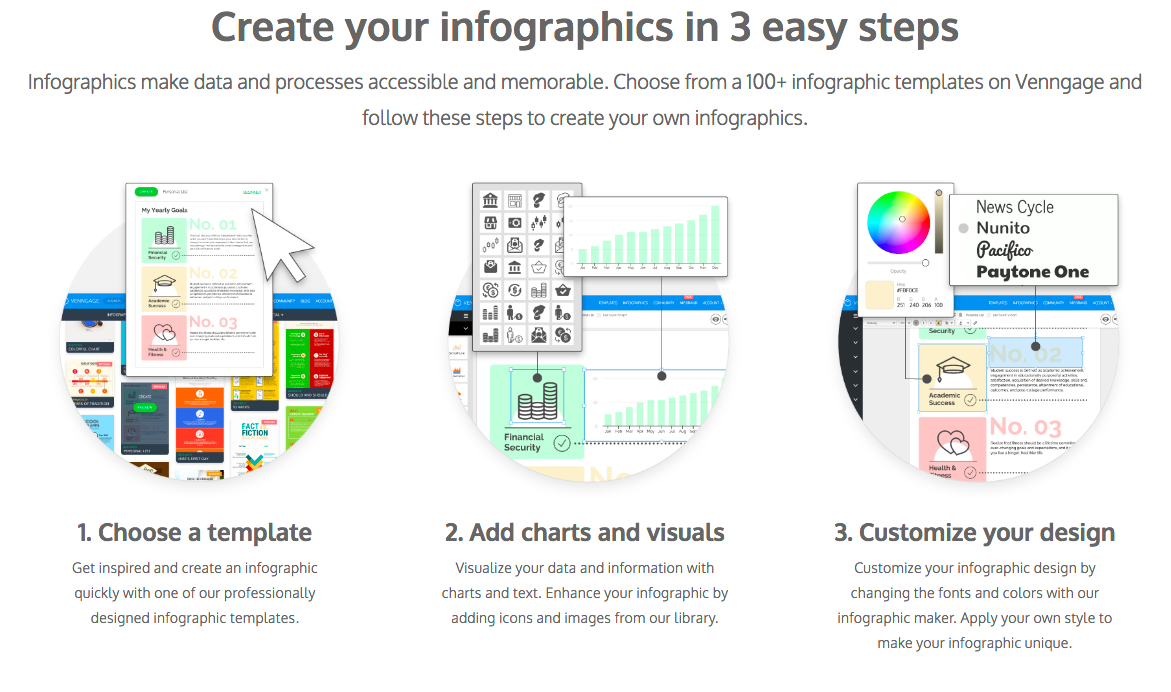
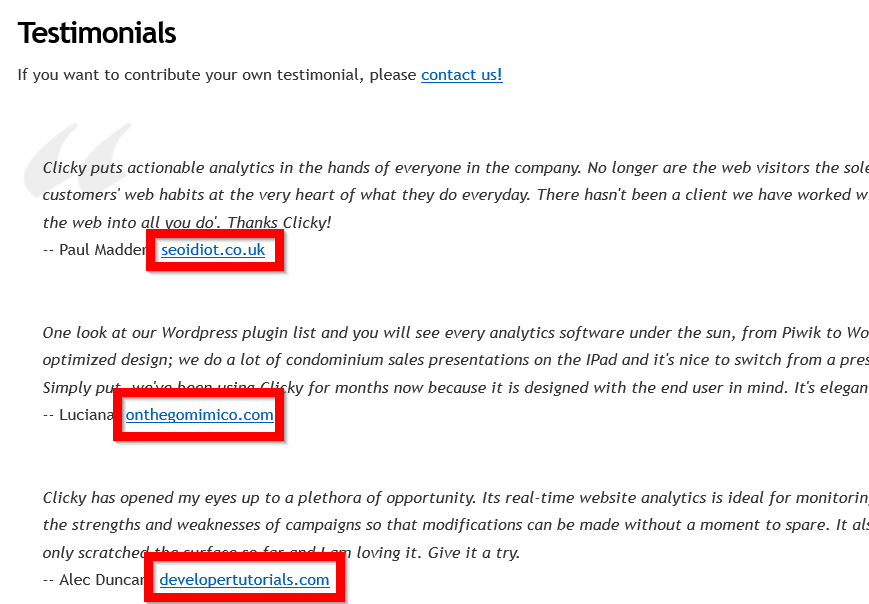
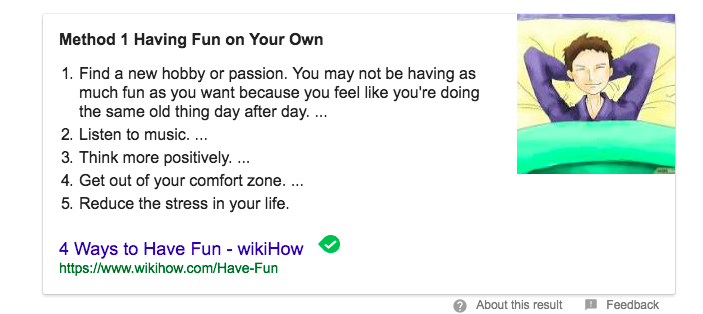
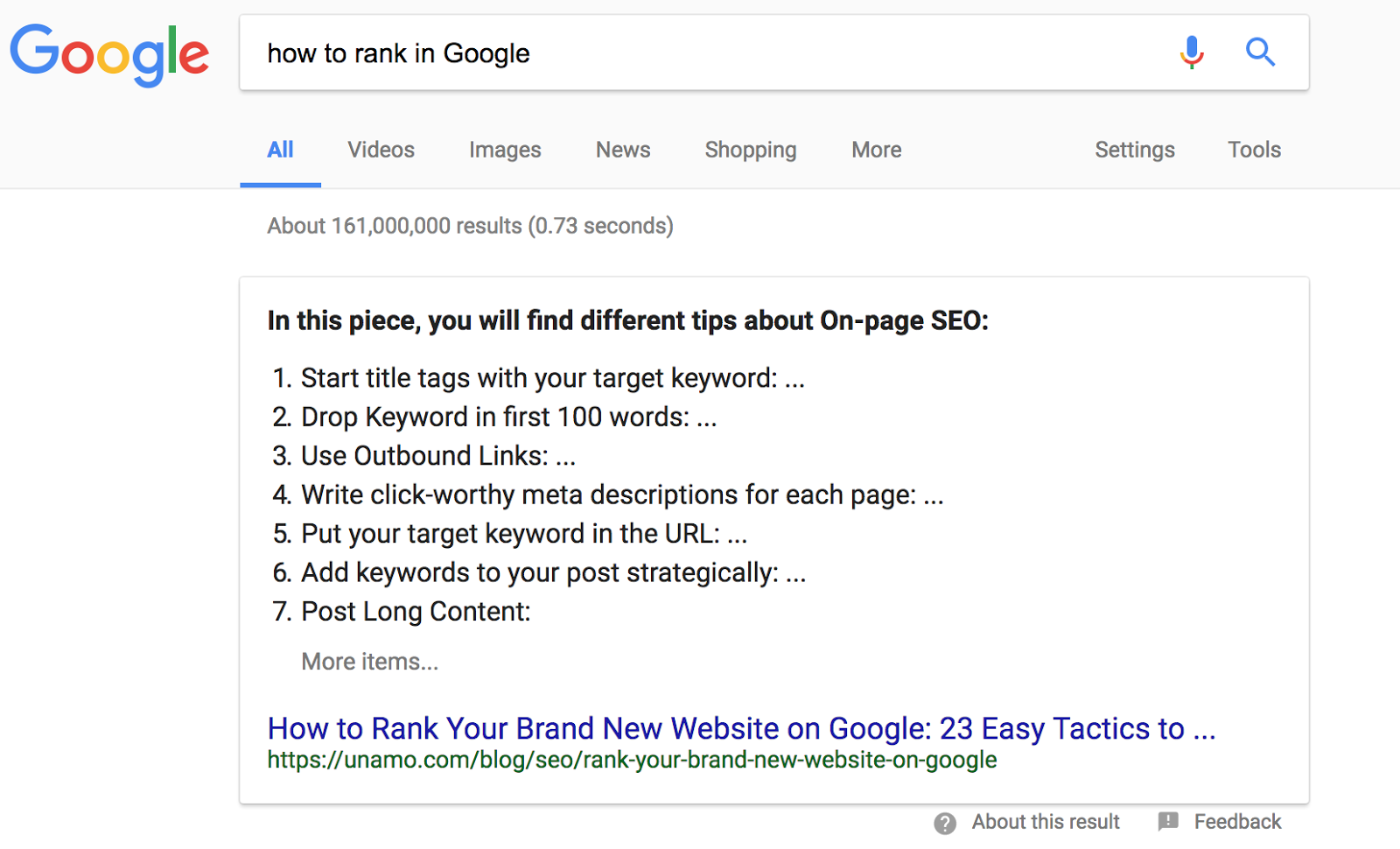
Comments (120)